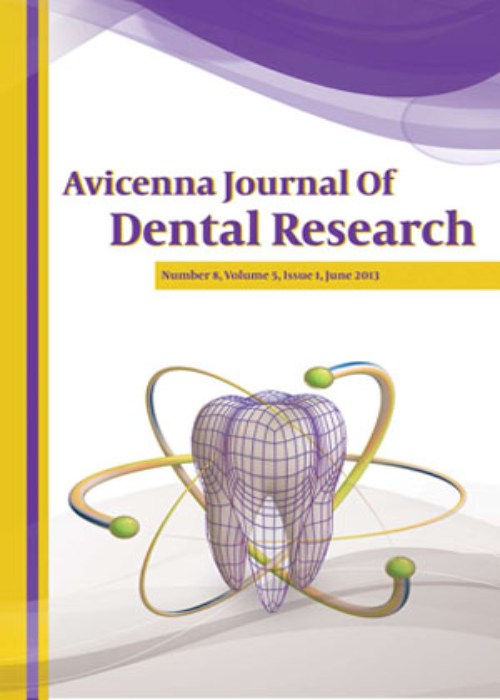A Comparison of the Expression of Cyclin D1 in OSCC and CSCC
There are several types of carcinoma which may cause serious diseases in humans and lead to their death. Neoplasia in squamous cells is a subtype of carcinoma which can cause squamous cell carcinoma (SCC). SCC can occur in several areas in the oral cavity (oral squamous cell carcinoma, OSCC) and cutaneous tissues (cutaneous squamous cell carcinoma, CSCC) such as skin. This study aims to investigate the expression level of cyclin D1 and its relevance to different prognoses of OSCC and CSCC. The present study investigates the expression of cyclin D1 and its relevance to different prognoses of OSCC and CSCC. Indexes such as lesion site, gender, and age have been checked.
In this cross-sectional descriptive-analytical study, 23 cases of OSCC and 23 cases of CSCC were evaluated. The immunohistochemistry (IHC) staining method was employed to study the correlation of cyclin D1 and the above-mentioned SCCs. The data were analyzed using KAI2, Fisher’s exact test, Mann-Whitney U test, and dependent t tests in SPSS version 22.0. Statistical significance was set at P<0.05.
The results showed that staining status was not significantly correlated with lesion site (P=0.999). According to the results, there was no significant relationship between staining pattern and lesion site (P=0.749). There was a significant relationship between the severity of staining and lesion site (P=0.040). In addition, those with skin lesions showed higher staining intensity. The staining status of gender or age groups was not affected by the adjustment of lesion site. By moderating the effect of lesion site and age group, gender was found to affect staining pattern (P=0.036). The odds ratio of having a diffuse pattern was 4.90 times higher in men than in women. Regardless of the independent variables in the model of people with color intensity 2, their likelihood of going to color 4 was significantly higher (P<0.001). People in intensity 0 were significantly less likely to go to 4 (P=0.001). People in intensity 1 had no significant relationship with those in intensity 4 (P=0.405). Men were less likely to go higher than women. Furthermore, people aged 72 and under were less likely to go higher. Individuals with skin lesions were more likely to go to higher intensity, even though none of the independent variables was significant.
The staining intensity was higher in CSCC than in OSCC. A lot of factors are associated with the prognosis of SCCs, and cyclin D1 may be used as a prognostic marker.
- حق عضویت دریافتی صرف حمایت از نشریات عضو و نگهداری، تکمیل و توسعه مگیران میشود.
- پرداخت حق اشتراک و دانلود مقالات اجازه بازنشر آن در سایر رسانههای چاپی و دیجیتال را به کاربر نمیدهد.


